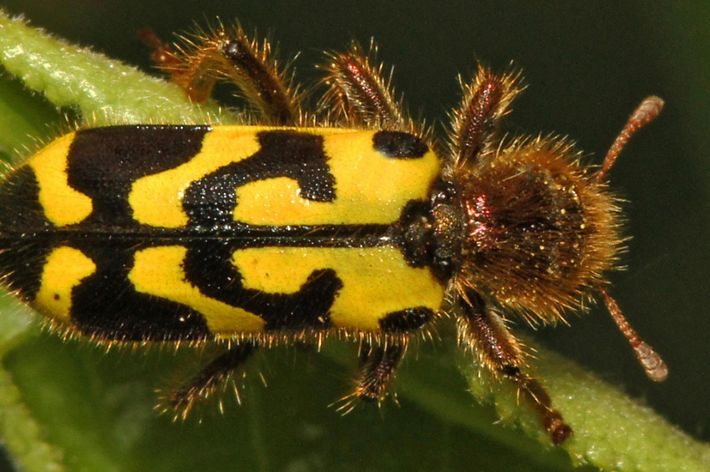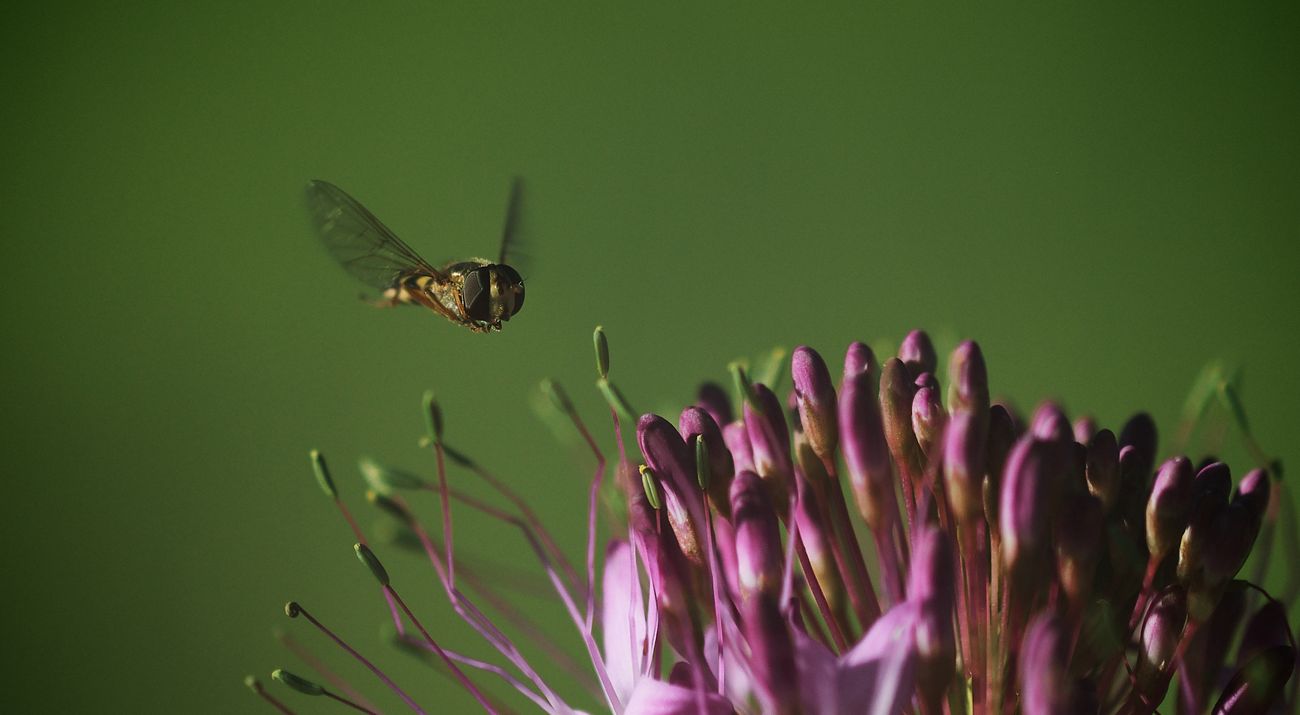
Celebrating the Pollinators of the Rocky Mountain Region
Flower Power: Let's do a Q&A with three of our local pollinators.
The wildflower buckles under the weight of the beetle. It’s a sticky geranium, and it has bloomed early this summer, spreading into a fragrant carpet across the mountain meadow. As the beetle crawls, the pink petals shiver. This visitor is hefty by flower standards. It’s an ornate checkered beetle (Trichodes ornatus). Its long, slender body is covered in yellow and black markings—designed to mimic a wasp and deter predators. But a closer look reveals the cute club antennae protruding from the beetle’s head. She’s seeking the sweet pollen, a rich source of protein, which she can smell pooled inside the flower. Her back and legs are coated with a fine dust of yellow pollen. She’s feeding and surviving, and she’s performing a vital service for the ecosystem: pollination.
Conserving Pollinators
Along with bees, butterflies, hummingbirds, moths, bats, and flies—beetles are among the pollinators keeping nature vibrant. From our farms and colorful wildflowers to our backyard gardens and national parks, it’s hard to overstate what pollinators mean to us. They are the purveyors of life itself.
But these important creatures are under threat. As native plants are replaced by roads, manicured lawns, and non-native gardens, pollinators suffer from the loss and degradation of their habitats. To honor these animals that do so much for us, let’s meet a few of the pollinators who thrive throughout the Rocky Mountain states of Colorado, Utah, New Mexico, Nevada, Arizona and Wyoming.
Regional Pollinators Rock It
There are more than 200,000 different species of animals around the world that act as pollinators. Here in our Rocky Mountain region, you’ll find a range of vertebrates and invertebrates carrying pollen between our precious plants. Let’s do a Q&A with three of our busy pollinators.
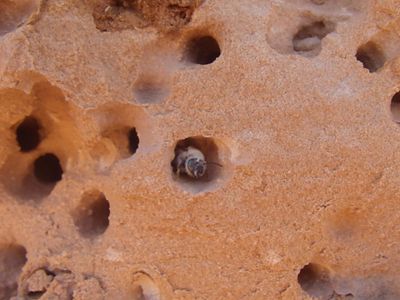
Sandstone Digger Bee (Anthophora pueblo)
Who Am I?
I’m a newly discovered bee in the drylands of the Southwest. Fuzzy and grey, I’m a member of the genus Anthophora—the digger bees—known for digging holes in the ground for our nests. I’m a generalist pollinator and scientists think I’m an important contributor to the health of desert ecosystems.
One My Quirks
Home security is my thing. I’m named in honor of the Ancestral Puebloans, who built dwellings in the sandstone cliffs of the Four Corners region 1,400 years ago. That’s because I use my powerful mandibles and nearby water sources to tunnel my home into soft sandstone. The sandstone protects my nest from erosion and desert flash floods as well as predatory and parasitic nest invaders. Once I vacate my nests, many other species are able to use them as well; over ten other species of bees and wasps do this!
My Greatest Fear
Scientists are still learning about me, but as climate change unfolds in the Southwest, and there's more demand for water from the Colorado River system, the water resources I depend on are threatened.
What I Mean to You
People are astonishingly dependent on bees. There are more than 4,000 native bee species in this country, and according to the U.S. Department of Agriculture, they pollinate approximately 75 percent of the fruits, nuts and vegetables grown here. Breaking that down, about one out of every four bites of food Americans take is thanks to pollination from bees like me.
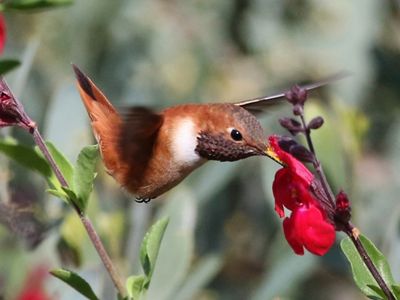
Rufous Hummingbird (Selasphorus rufus)
Who Am I?
For a hummingbird, I’m medium-sized. You’ll notice me right away because of my vibrant orange body (I’m a male). I’ll be zipping through your garden or at your feeder in late summer or early fall. I’ll only stay for a short time because I’m a bird on the move. In fact, every year I fly from Mexico to Alaska and back, making the longest bird migration on Earth as measured in body lengths.
One of My Quirks
Ok. I’ll admit it. I’m not super easy going. In fact, I’m downright feisty. As the most aggressive hummingbird out there, I’ll go after anyone and anything in my territory and protect my pollen sources with a vengeance. I chase away other hummers, wasps, bees...maybe even a chipmunk or two.
My Greatest Fear
My population is declining. I’m losing habitat in my breeding and wintering grounds, I’m threatened by pesticides and decreasing insect populations, and climate change is causing me to miss the crucial blooming windows of the flowers that feed me.
Oh, and I really, really hate cats.
What I Mean to You
I’m no bird brain. Hummingbirds like me have an amazing memory. We can pinpoint nectar and keep track of which blooms are at their peak. We can also remember bird feeder locations from previous years. All this recall ability allows me to do a crucial job for you: pollinate flowers, including many different perennials, like daylilies, bee balms and lupines; biennials such as foxgloves and hollyhocks; and annuals such as petunias and impatiens. I pollinate these flowers, as well as trees and shrubs in vastly different landscapes as I travel over the thousands of miles of habitat that I visit annually.
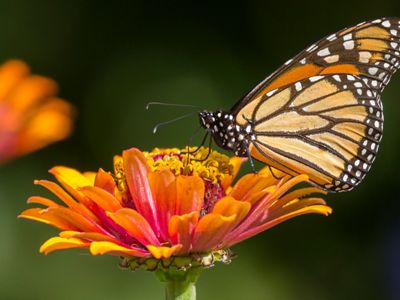
Western Monarch Butterfly (Danaus plexippus)
Who Am I?
Chances are good that you know me. I’m a bit of a celebrity in the insect world. My delicate orange wings, laced with black lines and bordered with white dots, are instantly recognizable. I can travel up to 80 miles in a single day, but my life is short. Monarchs like me can migrate distances of up to 3,100 miles but no single one of us makes the entire round trip. In the spring, we disperse across the western states, seeking milkweed on which to lay our eggs. Several generations can take place throughout the summer. The last generation then migrates all the way back to overwintering grounds, which for us, are along the coast in California.
One of My Quirks
I’m poisonous. You’re not the only one who can easily recognize me. My distinct markings warn potential predators that I’m a bad meal choice. I retain poison from milkweed leaves in my body. Did you know I smell with my antennae and I taste nectar with tiny sensory hairs on my legs and feet? Pretty cool.
My Greatest Fear
We monarchs are in serious trouble. There’s been a 90 percent decline in monarch numbers in the last couple of decades. As development throughout our migration corridor expands, and people use pesticides that kill milkweed, we are rapidly losing the places and plants we need to survive.
What I Mean to You
I pick up pollen as I sip the flower’s nectar through my straw-like mouthpart, called a proboscis, and I carry it with me as a I move to my next flower. Many people view me as the “canary in the cornfield.” The decline of my charismatic species is a big warning that our ecosystems are becoming out of balance, and other pollinator species are also in jeopardy.

Don't Bee a Buzz Kill. Here Are a Few Ways to Help Your Pollinators.
- Don't be afraid of bugs! Help others to learn to love bugs. Share this page to help spread the word about the awesome pollinators in the Rocky Mountains. Learn more about bees, butterflies, and more on our Cool Green Science blog!
- Create a pollinator paradise. The best thing you can do for pollinators is to make your home, school, workplace or neighborhood pollinator friendly. Click here to learn five simple ways to attract birds, bees and butterflies!
- Choose to grow more native and water-wise plants ...and less lawns. Find out which milkweed plants are native to your area. Check out our videos on how to build a garden at school or home, and learn more about the important role of pollinators.
- Provide sources of water, like a bee-waterer! A bee waterer is a small basin or bowl placed outside, half-filled with marbles or small rocks, with water just below the level of the marbles.
Quote: Achim Steiner
Human beings have fabricated the illusion that in the 21st century they have the technological prowess to be independent of nature. Bees underline the reality that we are more, not less, dependent on nature’s services...
Looking for Local Pollinators?
Use our map below to find preserves managed by The Nature Conservancy you can visit to learn how we protect pollinators and their habitat.
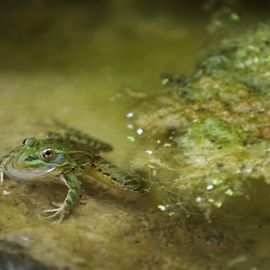
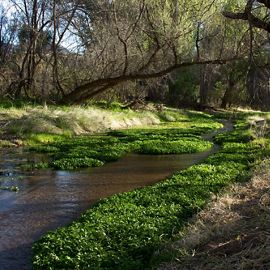
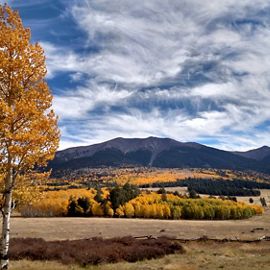
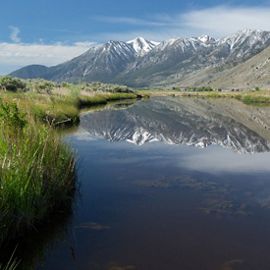
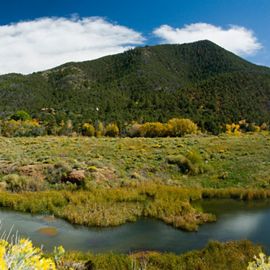
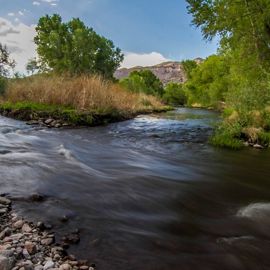
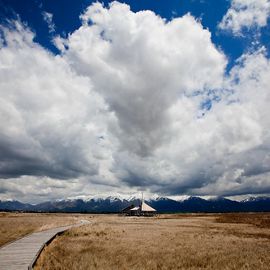
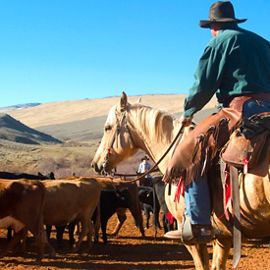
Looking for Local Pollinators? Check out these pollinator-friendly preserves you can visit in your state.
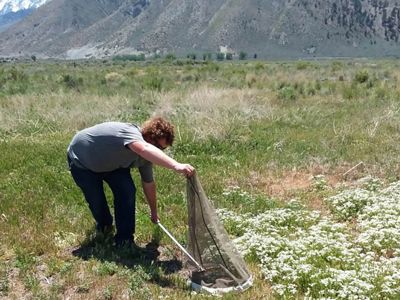
Community Scientists Save Pollinators
Your eyes and ears can help the pollinators! Conservation researchers increasingly rely on data from people like you to identify threats to pollinators. Here are some programs to get you in the field and recording your finds:
